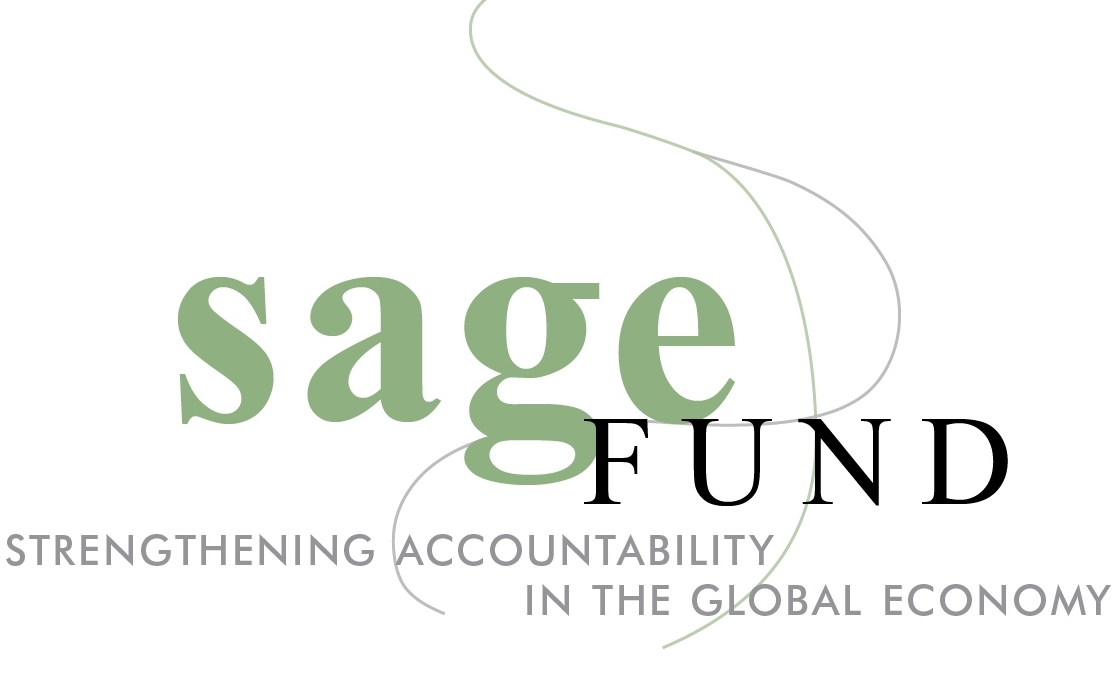our approach
SAGE’s use of the global economy frame creates a sharper focus on tackling the structural dimensions that drive inequality, including pervasive gaps in protection and the skewed distribution of the benefits (to investors) and costs (to people and planet) of investment and development. The systems-framing enables SAGE to elevate the negative impacts directly experienced by communities and workers, highlighting the differential impacts on women, Indigenous peoples, low-wage workers, migrants, disabled and LGBTQ people in the global economy. At the same time, it enables SAGE to work with and support these impacted communities through its open RFP grantmaking process and accompaniment model to cultivate targeted strategies and layered partnerships in response.
A collaborative fund, SAGE complements the focus of direct foundation grantmaking and works with donors across fields to:
Engage in more labor-intensive grantmaking that produces multi-tiered project partnerships;
Direct funds to national level groups working with affected communities;
Provide a vehicle for extending the reach of donors to support pilot projects;
Facilitate field research, convenings and the development of a coordinated field agenda; and
Increase overall support for human rights in the global economy.
Over time, SAGE has intentionally expanded its human rights and global economy frame by building knowledge, engagement and relationships bridging across the economic, labor, gender and climate justice fields. This has enabled SAGE to explore the connections around corporate accountability and across previously separate nodes of work located in the human rights, labor rights, and environmental fields.
Our History
Launched in 2015, the SAGE Fund emerged out of three years of research, donor outreach, and strategy development. A mapping study, Advancing Human Rights Accountability for Economic Actors: An Introductory Field Guide for Funders conducted, identified key trends and opportunities for greater impact across a range of approaches. The mapping charted the progress made by the human rights movement in tackling fundamental challenges created by the global economy. It also highlighted how the field had been hampered by a lack of tools, capacity and leverage to respond effectively. The SAGE Fund was created to help address this imbalance by directing resources to invest in the development of new tools and greater field capacity.

